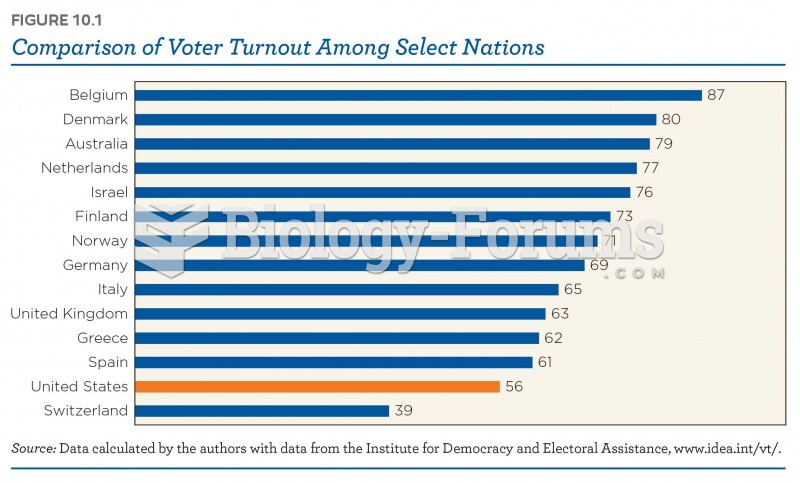Answer to Question 1
Health care in Canada is delivered through a publicly funded health care system. Services are provided by private entities and are mostly free to patients. Information remains private between physician and patient and the government is not involved in patient care. Each citizen receives a health card, and all patients receive the same level of care. As long as a person's premiums are paid up, health coverage is not affected by losing or changing jobs.
In 1962 the government of the province of Saskatchewan implemented a health insurance plan despite opposition from doctors, who went on strike to protest the program. The Saskatchewan program proved itself viable in the years following the strike, and by 1972 all Canadian provinces and territories had coverage for medical and hospital service. Canada has a universal health care systema health care system in which all citizens receive medical services paid for by tax revenues. In Canada, these revenues are supplemented by insurance premiums paid by all taxpaying citizens. One major benefit of the Canadian system is a significant reduction in administrative costs. Whereas more than 20 percent of the U.S. health care dollar represents administrative costs, in Canada the corresponding figure is 10 percent. The
Canadian health care system does not constitute what is referred to as socialized medicinea health care system in which the government owns the medical care facilities and employs the physicians. Canada has maintained the private nature of the medical profession.
Great Britain has a centralized, single-payer health care system that is funded by general revenues. Great Britain in 1946 passed the National Health Service Act, which provided for all health care services to be available at no charge to the entire population. The government sets health care policies, raises funds and controls the medical care budget, owns health care facilities, and directly employs physicians and other health care personnel. The health care system in Great Britain does constitute socialized medicine. Physicians receive capitation payments from the government: a fixed annual fee for each patient in their practice regardless of how many times they see the patient or how many procedures they perform.
They also receive supplemental payments for each low-income or elderly patient in their practice, to compensate for the extra time such patients may require; bonus payments if they meet targets for providing preventive services, such as immunizations against disease; and financial incentives if they practice in medically underserved areas. Physicians may accept private patients, but such patients rarely constitute more than a small fraction of a physician's practice; hospitals reserve a small number of beds for private patients.
In China, after a lengthy civil war in 1949, the Communist Party won control of the mainland China. Malnutrition was prevalent, life expectancies were short, and infant and maternal mortality rates were high. With a lack of both financial resources and not enough trained health care personnel, China adopted a policy to create a large number of physician extenders who could educate the public about health and health and the treatment of illness and disease. Most doctors who work in hospitals receive a salary; all other doctors now work on a fee-for-service basis.
Answer to Question 2
False






